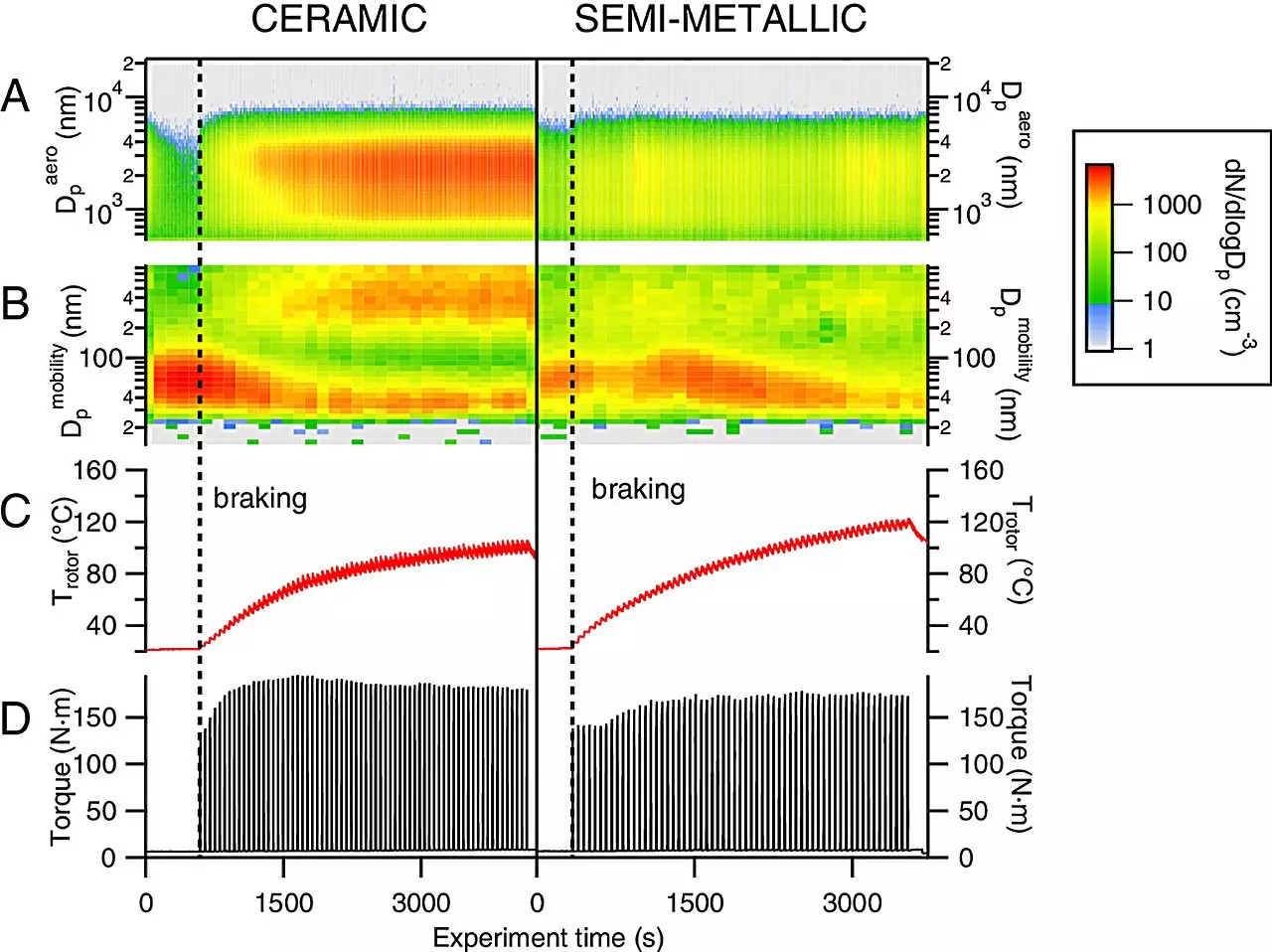The emissions released into the air when a vehicle brakes have been a topic of interest for scientists, yet there is still much to learn about the potential harm they pose to public health. A recent study conducted by researchers at the University of California, Irvine sheds light on the electric charge carried by a significant percentage of these particles, offering a potential solution to mitigate air pollution from vehicles.
Research Findings
The study revealed that up to 80% of aerosol particles emitted during braking are electrically charged, with many of them being highly charged. This discovery opens up the possibility of utilizing this electric charge to facilitate the removal of these particles from the air before they can have detrimental effects on health. The research was led by doctoral candidate Adam Thomas and postdoctoral researcher Paulus Bauer, under the guidance of Professor Jim Smith from the Department of Chemistry at UCI.
Implications for Public Health
The findings of this study have significant implications for public health, particularly in areas with high levels of car traffic, such as Southern California. The impact of brake emissions on human health remains largely unknown, but there are indications that these particles may induce oxidative stress. As electric cars become more prevalent in the future, it is essential for municipalities to consider strategies to reduce emissions from both tailpipes and brake use.
One of the key concerns highlighted by the researchers is the unequal distribution of the public health risks associated with brake emissions. Lower-income neighborhoods, which are often more heavily impacted by traffic congestion, face a disproportionate exposure to these harmful particles. Environmental justice issues come into play as certain socioeconomic groups bear a higher burden of the negative health effects caused by brake emissions.
To address these environmental justice concerns and disseminate their research findings to the public, the UCI team is collaborating with local community organizations like the Madison Park Neighborhood Association in Santa Ana. By engaging with communities directly affected by air pollution from brake emissions, the researchers hope to raise awareness about the potential risks and explore solutions to mitigate these impacts.
The study on the electric charge of particles emitted during braking provides valuable insights into the potential environmental and public health consequences of this often-overlooked source of air pollution. As we strive towards a greener future with the widespread adoption of electric vehicles, it is crucial to address the emissions associated with brake wear and develop innovative solutions to protect the well-being of all members of society. The research conducted at UCI serves as a stepping stone towards a better understanding of brake emissions and their implications for air quality.


Leave a Reply